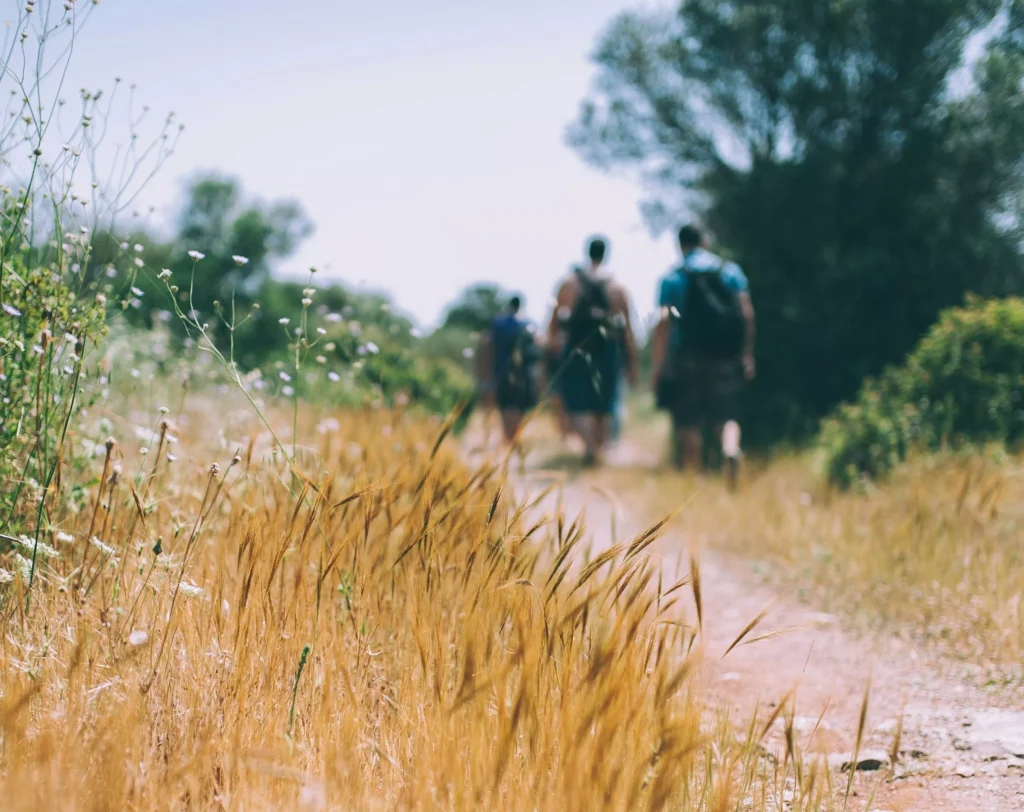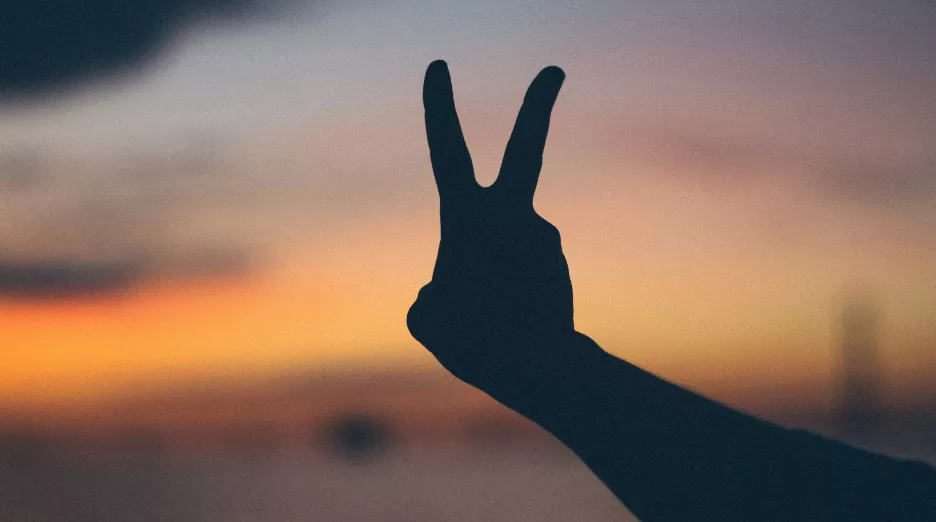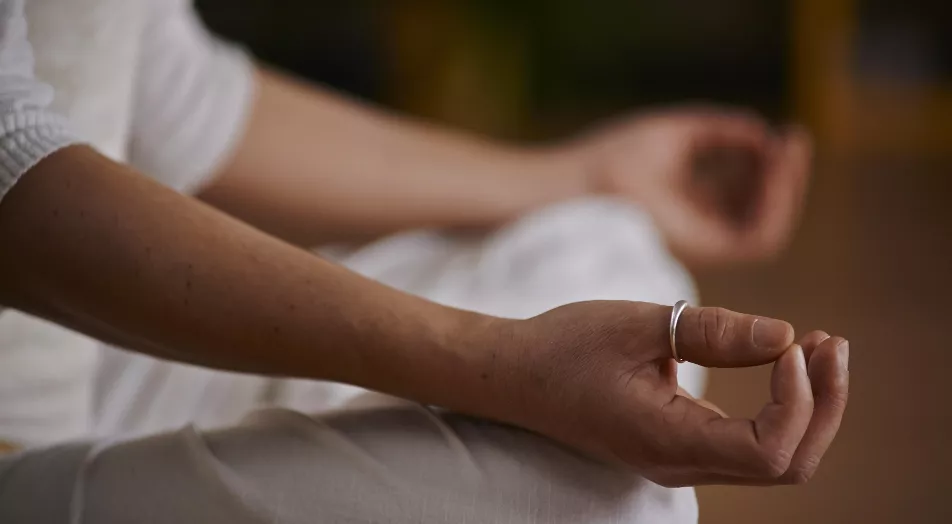Exploring healing journeys is about understanding the different paths people take towards wellness and recovery. Each journey is unique, shaped by personal experiences, cultural backgrounds, and the support systems we have. This article dives into what healing journeys mean, how they can transform lives, and the various methods people use to find their way to better mental and emotional health.
Key Takeaways
- Healing journeys are deeply personal and vary from person to person.
- Community support plays a vital role in the recovery process.
- Storytelling can be a powerful tool for healing and connection.
- Holistic approaches, including creative therapies, enhance wellness.
- Overcoming personal barriers is crucial for sustained recovery.
Understanding Healing Journeys
Healing journeys are super personal, and there’s no one-size-fits-all approach. It’s about figuring out what works for you and what helps you feel better, both inside and out. It can be a long road, but it’s also a chance to learn a lot about yourself and what you’re capable of.
The Importance of Personal Narratives
Sharing your story can be incredibly powerful. It’s not just about venting; it’s about making sense of what you’ve been through and finding meaning in it. When we share our experiences, we connect with others who might be going through something similar, and that connection can be a huge source of support. It’s like, you realize you’re not alone, and that can make all the difference.
Cultural Perspectives on Healing
Different cultures have different ideas about what healing looks like. Some cultures might focus on traditional medicine, while others might emphasize community support or spiritual practices. It’s interesting to see how these different approaches can complement each other and how we can learn from them. For example:
- Some cultures view illness as a spiritual imbalance.
- Others prioritize herbal remedies and natural treatments.
- Many emphasize the role of family and community in the healing process.
The Role of Community Support
Having a strong support system can make a huge difference in your healing journey. It could be family, friends, support groups, or even online communities. The important thing is to have people who understand what you’re going through and who can offer encouragement and support. It’s about feeling like you’re part of something bigger than yourself.
It’s easy to isolate yourself when you’re dealing with something difficult, but reaching out to others can be a game-changer. Don’t be afraid to ask for help or to lean on the people who care about you. They want to be there for you, and their support can make the journey a little bit easier.
Navigating Mental Health Recovery
It’s not always a straight line, is it? Getting better from mental health stuff can feel like wandering through a maze. Some days are good, some are… not so good. But the important thing is to keep moving, keep trying. It’s about finding what works for you, and that’s different for everyone.
Key Principles of Recovery
Okay, so there are some ideas that seem to pop up a lot when people talk about getting better. One of the big ones is hope. It’s easy to lose sight of that, but holding onto even a tiny bit of hope can make a huge difference.
- Self-awareness: Knowing yourself, your triggers, and your strengths is super important.
- Acceptance: This doesn’t mean liking what’s happening, but acknowledging it’s real.
- Connection: Humans are social creatures; we need each other.
Recovery isn’t about being ‘cured.’ It’s about learning to live a full and meaningful life, even with mental health challenges. It’s about finding your own path and building a life that’s worth living.
Strategies for Emotional Resilience
Building emotional muscle takes time, just like physical muscle. It’s about learning how to bounce back when things get tough. It’s not about avoiding the tough stuff, but about getting better at handling it. Effective treatment plans can really help.
- Mindfulness: Paying attention to the present moment, without judgment.
- Self-compassion: Being kind to yourself, especially when you mess up.
- Problem-solving: Breaking down big problems into smaller, manageable steps.
Building a Support Network
Going it alone is tough. Really tough. Having people in your corner who understand, or at least try to, can make all the difference. These supportive relationships with family are key.
- Family: If possible, talk to your family about what you’re going through.
- Friends: Lean on your friends for support and understanding.
- Support groups: Connecting with others who have similar experiences can be incredibly validating.
The Power of Storytelling in Healing
Storytelling is a big deal when it comes to healing. It’s not just about telling a tale; it’s about connecting with others, understanding ourselves better, and finding strength in shared experiences. Sharing our stories can be incredibly therapeutic, and it can also inspire others on their own journeys.
Sharing Personal Experiences
Talking about what we’ve been through can be tough, but it’s often the first step toward healing. It’s like airing out a stuffy room – you’re letting the light in and getting rid of the stale air. When we share our experiences, we’re not just unloading; we’re also processing what happened and making sense of it. It can be a way to reclaim our narrative and take back control. I remember when I finally told my family about my struggles with anxiety; it was like a weight lifted off my shoulders. It didn’t magically fix everything, but it made it easier to breathe. It’s important to find a safe space to share, whether it’s with a therapist, a support group, or trusted friends and family. Finding the right people to listen can make all the difference. Belief in one’s ability to heal supports physical healing.
Healing Through Connection
One of the most amazing things about sharing our stories is the connection it creates with others. When we hear someone else’s story, we realize we’re not alone. It’s like finding a kindred spirit who understands what we’ve been through. This connection can be incredibly validating and empowering. It can also help us to feel less isolated and more supported. I’ve seen this firsthand in support groups where people share their experiences with addiction or mental health issues. The sense of community and understanding is palpable, and it’s a powerful force for healing.
Inspiring Others with Our Journeys
Our stories have the power to inspire others. When we share our struggles and triumphs, we give hope to those who are facing similar challenges. It’s like saying, “I’ve been there, and I made it through, so can you.” This can be incredibly motivating and empowering for others. It can also help to break down stigma and create a more compassionate and understanding world. I think about people who have shared their stories about overcoming adversity, like illness or abuse. Their stories give others the courage to keep going, even when things seem impossible. Storytelling is a means of healing trauma and connectedness.
Sharing our stories isn’t always easy, but it’s almost always worth it. It’s a way to heal ourselves, connect with others, and inspire hope. It’s a reminder that we’re not alone and that our experiences matter. So, if you’re feeling brave, consider sharing your story. You never know who you might help.
Integrative Approaches to Wellness

Trying to bring different methods under one roof is called integrative health practices. It’s about seeing you as a whole person. You mix old and new ways to feel better in your head and body.
Holistic Healing Practices
This group of methods pays attention to how food, environment, and simple daily choices work together. You don’t have to pick just one thing—often a mix gives the best results.
- Nutrition plans that fit your tastes and daily routine
- Herbal medicine for common aches and low energy
- Hands-on work like massage or acupuncture
The Mind-Body Connection
When you slow down and notice how your thoughts and body talk to each other, you get clues on what helps or hurts.
Tuning into what your body is telling you can change how you move through each day.
| Method | Main Focus | Typical Session |
|---|---|---|
| Breathwork | Calm nerves | 20–30 minutes |
| Yoga | Gentle movement | 45–60 minutes |
| Meditation | Quieting the mind | 10–20 minutes |
It’s all about finding balance between rest and action. Pulling these methods together can help you feel more grounded.
Creative Therapies for Recovery
Doing something with your hands or voice can say what’s hard to put in words. It can bring out ideas you didn’t know were there.
- Art therapy uses drawing or painting to sort out feelings
- Music therapy lets you play or listen to songs that mirror your mood
- Writing workshops help you share your story in a safe spot
Overcoming Barriers to Healing
Healing isn’t always a straight line. Sometimes, it feels like you’re running into walls. It’s important to recognize these barriers and find ways to move past them. We all face different challenges, but understanding what’s holding you back is the first step toward real progress.
Identifying Personal Obstacles
What’s standing in your way? Is it fear, doubt, or maybe old habits? Identifying these obstacles is key. For me, it was a mix of things. I had to really sit down and think about what was truly preventing me from moving forward. It wasn’t easy, but it was necessary. Sometimes, just writing things down can help you see them more clearly.
Building Self-Compassion
Be kind to yourself. Healing takes time, and there will be setbacks. Self-compassion is about treating yourself with the same kindness and understanding you’d offer a friend. It’s okay to not be perfect. It’s okay to struggle. The important thing is to keep going, even when it’s hard. I found that practicing mindfulness helped me become more aware of my self-talk and replace negative thoughts with more positive ones.
Seeking Professional Help
Don’t be afraid to ask for help. Therapists, counselors, and support groups can provide guidance and support. There’s no shame in admitting you need assistance. In fact, it’s a sign of strength. I was hesitant at first, but talking to a therapist made a huge difference. They helped me process my emotions and develop coping strategies.
It’s easy to get stuck in your own head, but remember that you don’t have to do this alone. Reaching out is a sign of strength, not weakness. There are people who care and want to help you on your journey.
Here are some common barriers and ways to address them:
- Fear of Change: Start small, celebrate small victories.
- Lack of Support: Join a support group, connect with others online.
- Negative Self-Talk: Practice self-compassion, challenge negative thoughts.
Transformative Workshops and Retreats
Workshops and retreats can be game-changers. They offer focused time away from daily life to really dig into personal growth and healing. It’s not just about relaxation (though that’s a nice perk!), but about actively engaging in processes that promote change. I’ve seen people make incredible breakthroughs in these settings.
Experiential Learning Opportunities
These aren’t your typical lectures. Experiential learning means you’re doing, not just listening. Think group activities, role-playing, guided meditations, and creative exercises. The idea is to engage all your senses and learn through direct experience. It’s a more active and memorable way to process information and develop new skills. For example, a wellness retreat might include:
- Outdoor adventures to build confidence and teamwork.
- Art therapy sessions to explore emotions non-verbally.
- Mindfulness practices to increase self-awareness.
Experiential learning creates a deeper connection to the material. It allows participants to integrate new knowledge into their lives more effectively than traditional learning methods.
Facilitators and Their Impact
The people leading these workshops and retreats matter a lot. Look for facilitators with solid credentials, but also with a style that resonates with you. Are they compassionate? Experienced in the specific area you’re interested in? Do they create a safe and supportive environment? A good facilitator can make or break the experience. They guide the process, offer insights, and help participants navigate challenges.
Creating Safe Spaces for Healing
Feeling safe is essential for any kind of healing work. Workshops and retreats should prioritize creating environments where people feel comfortable being vulnerable and sharing their experiences. This means clear boundaries, respect for individual differences, and a commitment to confidentiality. It’s about building a community where everyone feels supported and accepted. A safe space allows participants to:
- Share their stories without fear of judgment.
- Explore difficult emotions in a supportive setting.
- Connect with others who understand their struggles.
Sustaining Long-Term Wellness
Developing Healthy Routines
Okay, so you’ve made progress, that’s awesome! But how do you keep it going? It’s all about building routines that support your well-being automatically. Think of it like brushing your teeth – you don’t even think about it, you just do it.
- Consistent sleep schedule
- Regular physical activity (even just a walk)
- Mindful eating habits
Setting up life routines and practices can really calm the nervous system and bring about an optimal state for healing. It’s not always easy, but it’s worth it.
The Importance of Self-Care
Self-care isn’t selfish; it’s essential. It’s about refueling your tank so you have something to give. It’s easy to let self-care slide when life gets busy, but that’s when you need it most. What does self-care look like? It’s different for everyone. Maybe it’s reading a book, taking a bath, spending time in nature, or connecting with friends.
Continued Personal Growth
Healing isn’t a destination; it’s a journey. There’s always room to grow, learn, and evolve. This could mean taking a class, learning a new skill, exploring your creativity, or working with a therapist. Finding a sense of purpose can help you stay committed to your journey.
| Area | Example | Benefit |
|---|---|---|
| Mental | Learning a new language | Cognitive stimulation, new perspectives |
| Emotional | Journaling, therapy | Self-awareness, emotional regulation |
| Physical | Trying a new sport or activity | Improved fitness, stress reduction |
Wrapping Up the Healing Journey
So, as we wrap things up, it’s clear that healing isn’t just a straight line. It’s messy, it’s complicated, and it takes time. Everyone’s path is different, and that’s okay. What matters is finding what works for you and sticking with it. Whether it’s talking to someone, trying new activities, or just giving yourself a break, every little step counts. Remember, you’re not alone in this. There are people and resources out there ready to help. So take a deep breath, keep moving forward, and trust that you’re on the right track to feeling better.
Frequently Asked Questions
What is a healing journey?
A healing journey is a personal process where someone works on improving their mental and emotional health. It involves understanding oneself and finding ways to overcome challenges.
Why are personal stories important in healing?
Sharing personal stories can help people feel understood and less alone. It can also inspire others who are going through similar tough times.
How can I support someone on their healing journey?
You can support someone by listening to them, being there for them, and encouraging them to seek help if they need it.
What are some ways to build emotional strength?
Building emotional strength can include practicing self-care, staying connected with friends, and learning new coping skills.
What are integrative approaches to wellness?
Integrative approaches to wellness include using different methods like therapy, exercise, and creative activities to help someone heal and feel better.
How can I maintain my wellness over time?
To maintain wellness, it’s important to create healthy habits, practice self-care regularly, and continue growing as a person.
Everything you need—flights, hotels, car rentals, bike rentals, taxis, and eSIMs for travelers—book it all with Voyage Magnets.





